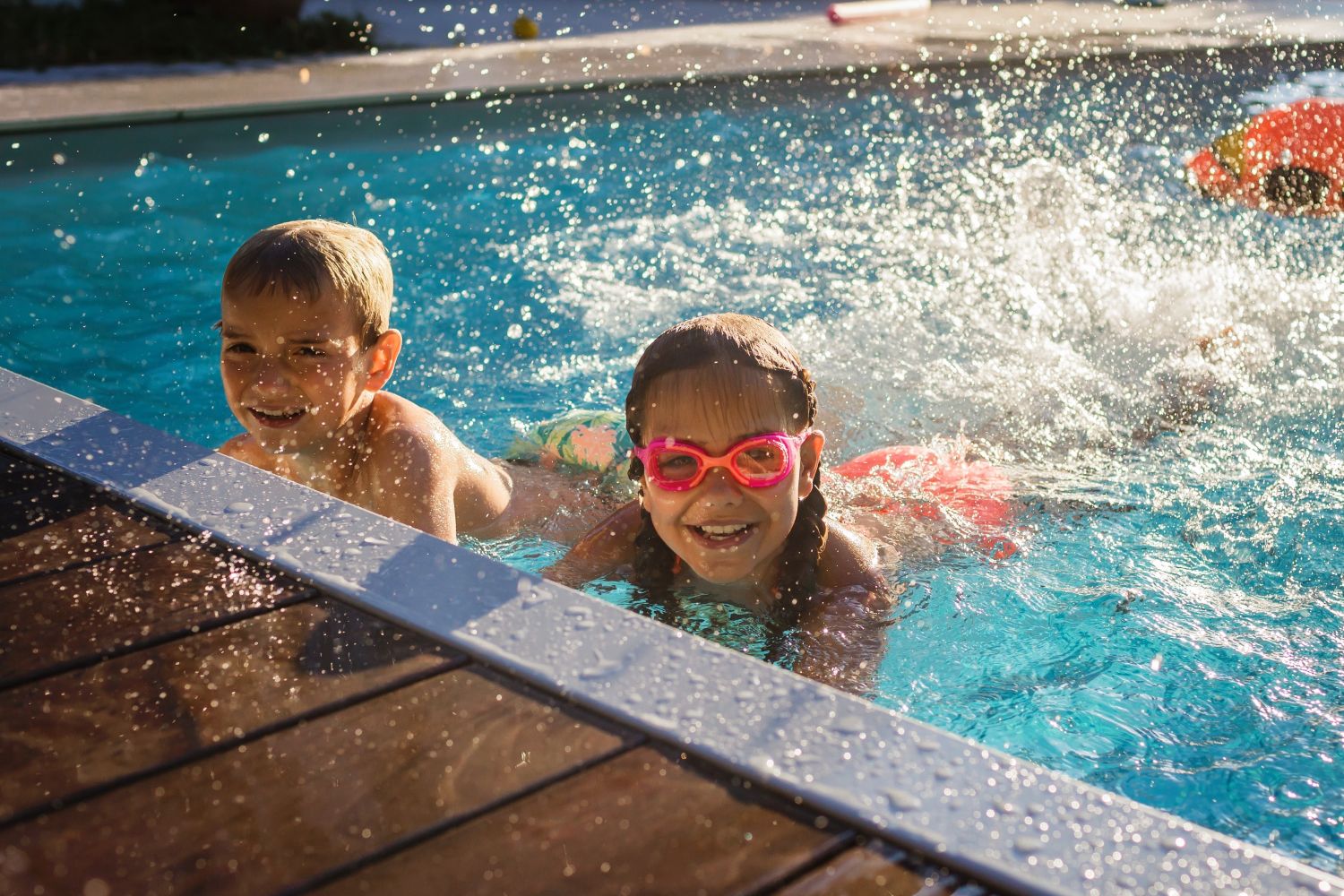Contributed by: Elizabeth Krupa, MD
How to Keep Your Family Safe Around Water this Summer
As temperatures rise and swim season kicks off, families naturally flock to pools, streams, lakes, and beaches, especially in the Cleveland Metroparks. Water play can be one of the best parts of summer — but it also comes with risks. That’s why it is important that you play it safe when it comes to water.
“Water is incredibly attractive to children, especially toddlers,” said Elizabeth Krupa, MD, a pediatrician at MetroHealth Ohio City Health Center. “Children love to explore. Constant supervision around water is non-negotiable.”
Be especially alert when…
- Kids are near home pools — even if they’re not supposed to be swimming
- Exploring parks, trails, or anywhere with ponds or rivers
- Older kids are swimming in lakes or oceans with unpredictable currents
The Swiss Cheese Model: Layers of Protection
Water safety isn’t just one action — it’s a system of precautions. Experts call it the “Swiss cheese model;” no layer is perfect, but together they make swimming safer.
1. Constant Watching
- Assign a designated water watcher during swim time — no phones, no alcohol.
- Take turns with other adults so everyone stays alert.
2. Swimming Skills
- Kids can start swimming lessons as early as age 1. Look for courses through the local American Red Cross or your local public swimming pool.
- Even if your child can swim, it’s still important to watch them.
3. Life Jackets
- Use U.S. Coast Guard-approved life jackets on boats or in open water.
- Floaties are not a substitute for a life jacket or swimming ability.
4. Avoid Blue Swimsuits
- It’s hard to see a child under the surface if they’re wearing a blue swimsuit.
- Choose bright colors (like neon orange or pink) that are easy to see underwater.
5. Secure Your Environment with Home Pools
- Pool fences should be 4 feet tall, not climbable, and enclose all sides.
- Gates should swing outward, making them harder for toddlers to push open.
- Remove toys, ladders, or anything that invites climbing or jumping over fences.
- Install pool surface alarms and door/window alarms for added protection.
For Tweens and Teens: Independence Comes with Guidelines
Older kids may feel more confident around water, but they still need clear boundaries:
- Always swim with a buddy—never alone.
- Choose safe, designated swimming areas.
- Don’t swim after dark or after drinking alcohol.
- Watch for chilly water or changing temperatures, especially in lakes or oceans.
Sun Safety: Don’t Forget the Rays
Water safety also means protecting your child (and yourself) from harmful sun exposure.
- Wear UV-protective clothing and wide-brimmed hats.
- No direct sun exposure for infants.
- Apply sunscreen to children nine months and older.
- Staying in shade or indoors from 10 a.m. to 4 p.m. when the sun’s rays are the strongest.
- Applying broad-spectrum SPF 30+ or higher sunscreen every 2 hours (or right after swimming).
- Remember: melanin-rich skin still needs sun protection.
Want to Learn More?
Ask your MetroHealth provider for swimming and sun safety advice at your next appointment. To make an appointment, visit metrohealth.org/appointments or call 216-778-2222.
Visit the American Academy of Pediatrics’ HealthyChildren.org for trusted, parent-friendly advice on swimming, sun safety, child development, and more.
Facts about Drowning
A warning from Northeast Ohio’s most experienced trauma center:
Drowning is the leading cause of death for children under 4 years old in the United States.
- It can happen within seconds to minutes.
- Drowning is silent and fast.
- There won’t be screaming or a lot of splashing.
- Drowning happens during non-swim times, too, such as when on a hike near an open body of water, or when kids aren’t supposed to be in the pool.
- Home pools—including inflatable kiddie pools and hot tubs—carry the same risks as large ones. Drain water after use and always supervise.











